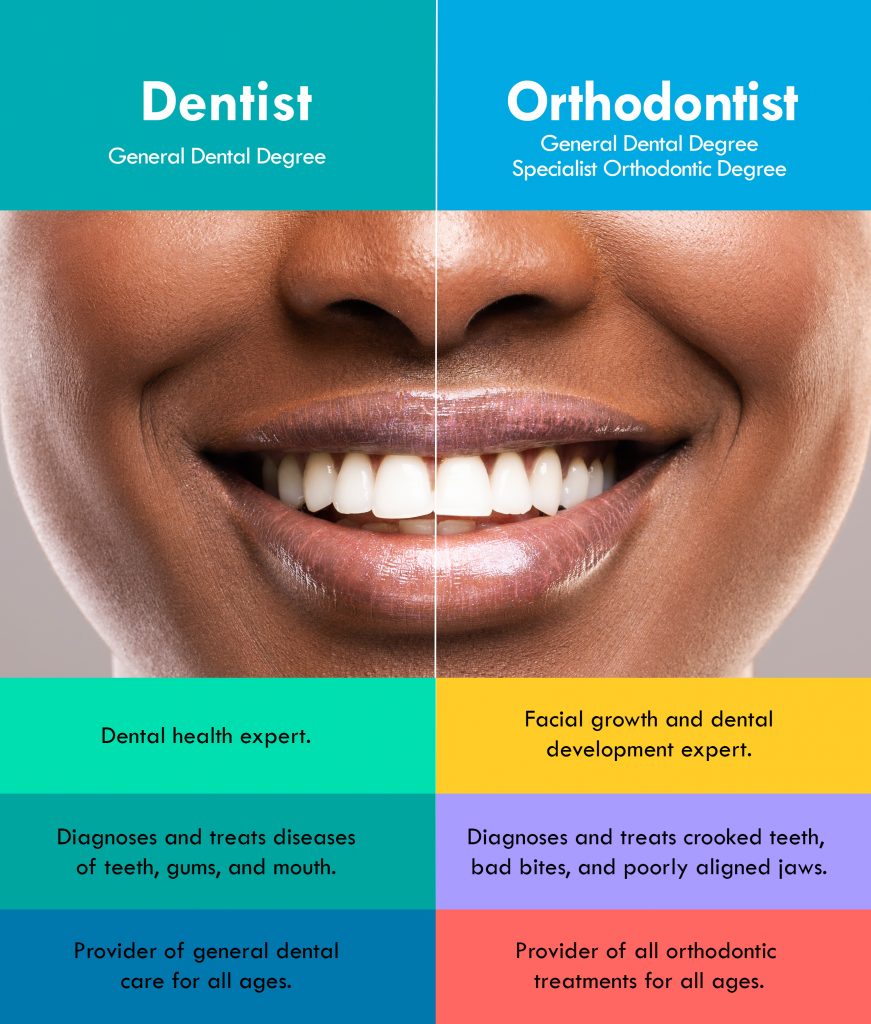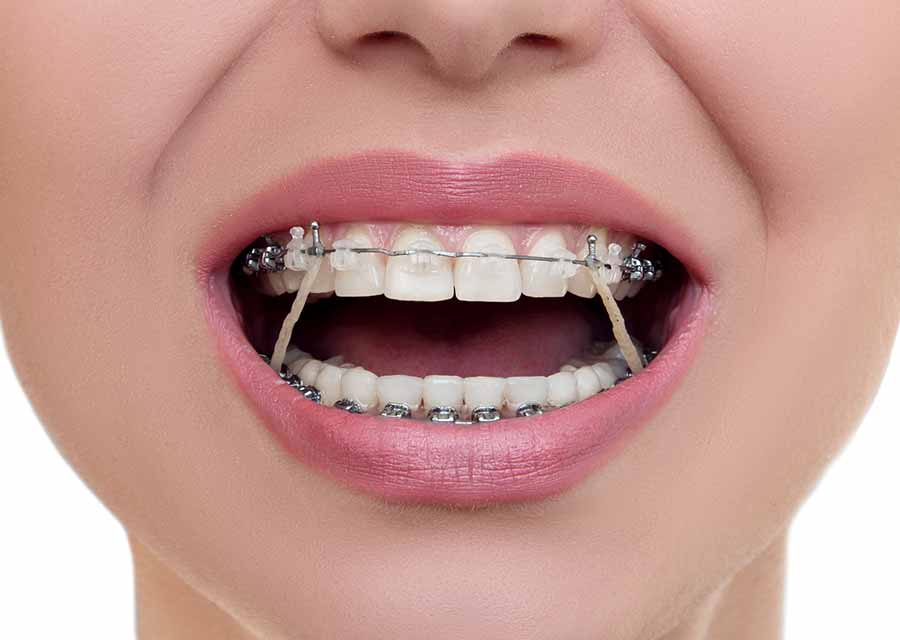Things about Legacy Orthodontics
Table of ContentsLegacy Orthodontics Things To Know Before You BuyGetting The Legacy Orthodontics To WorkThe Ultimate Guide To Legacy OrthodonticsLegacy Orthodontics - TruthsGet This Report about Legacy Orthodontics
At Advanced Orthodontics, we provide patients with a holistic treatment experience. Additionally, we use flexible therapy timetables, adaptable repayment choices and an enjoyable, satisfying experience. leesburg orthodontics. Phone call ( 480) 357-4900 today to learn more and timetable an appointment.An orthodontist is a dental practitioner trained to diagnose, prevent, and treat teeth and jaw abnormalities. They correct existing conditions and are educated to determine problems that might establish in the future. Orthodontists collaborate with people of all ages, from children to grownups. Individuals commonly connect a perfect smile with healthiness.
Malocclusion, or misaligned teeth, can bring about oral concerns, including dental caries, gum illness, and hard or uncomfortable chewing. Not every person is birthed with straight teeth. If you have a poor bite or large areas between your teeth, you might wish to seek advice from a dental expert specializing in orthodontic care.
An Unbiased View of Legacy Orthodontics
( Photo Credit History: DigitalVision/Getty Images) Orthodontists make use of repaired and removable dental devices, like dental braces, retainers, and bands, to change the setting of teeth in your mouth. Orthodontic treatment is for oral problems, including: Uneven teethBite problems, like an overbite or an underbiteCrowded teeth or teeth that are as well much apartJaw misalignmentThe goal of orthodontic treatment is to boost your bite.
A healthy bite guarantees you can eat, eat, and talk correctly. While you could consider orthodontists as mostly for kids or young adults that need braces, they can fix oral problems at any age. Orthodontists participate in university, oral college, and orthodontic college. After college graduation, they invest 2 or 3 years in an orthodontic residency program.
All orthodontists are dentists, but not all dental professionals are orthodontists. Orthodontic residency programs offer extensive, concentrated direction for oral specialists. They concentrate on 2 areas: How to properly and securely move teeth How to effectively assist growth in the teeth, jaw, and faceOnce an orthodontist has actually completed training, they have the option to become board licensed.
The smart Trick of Legacy Orthodontics That Nobody is Talking About
Imbalance, or malocclusion, is the most common reason people see an orthodontist. It is hereditary and is the outcome of size differences between the upper and reduced jaw or in between the jaw and teeth. Malocclusion brings about tooth overcrowding, an irregular jaw, or uneven bite patterns. Malocclusion is typically treated with: Your orthodontist attaches metal, ceramic, or plastic square bonds to your teeth.
Some individuals require a headgear to aid move teeth into line with stress from outside the mouth. A retainer is a personalized device that keeps your teeth in place.
They're frequently used on youngsters. They can develop added space in the mouth without needing to pull teeth. If you have a severe underbite or overbite, you could require orthognathic surgical procedure (likewise called orthodontic surgical procedure) to lengthen or reduce your jaw. Orthodontists make use of cords, surgical screws, or plates to support your jaw bone.
You may need to see an orthodontist if you have: Crowding or otherwise enough space for all of your teethOverbite, when your upper teeth come by your bottom teethUnderbite, when your base teeth are as well far forwardSpacing or issues with gapsCrossbite, which is when your upper teeth fit behind your base teeth when your mouth is closedOpen bite or an upright gap between your front bottom and top teethMisplaced midline, when the facility of your base and top teeth don't align Dealing with a dental malocclusion can: Make biting, eating, and other speaking easierImprove the symmetry of our face and your total appearanceEase pain from temporomandibular joint conditionsSeparate your teeth and make them simpler to cleanse, aiding avoid dental cavity or cavities It's typically a dental professional who first notices misaligned teeth throughout a routine examination.
Indicators on Legacy Orthodontics You Need To Know

During your initial orthodontic appointment, you'll likely have: An oral examPhotos taken of your face and smileDental X-raysPanoramic (360 level) X-rays of your face and headImpressions to create mold and mildews of your teethThese examinations will certainly aid your orthodontist recognize just how to wage your therapy. orthodontist. An orthodontist is a dental practitioner that's had training to treat your teeth and jaw
Orthodontists might execute surgery, exams,X-rays,and more to help you achieve a more comfortable, healthier smile. An orthodontist is focused on your bite, so something like a damaged tooth would be handled by a dental expert. Orthodontists are dental professionals however not all dental professionals are orthodontists. Orthodontists are focused on your bite, or the means your teeth fit with each other, and the straightness of your teeth.
Ever before questioned just how celebrities constantly appear to have completely lined up teeth? The answer frequently exists in the proficient hands of an orthodontist. But exactly what does an orthodontist do? Orthodontists are dental professionals who concentrate on remedying irregularities in the teeth and jaws. Their competence surpasses simply producing a lovely smile; it extends to enhancing your overall dental health and feature.
Some Ideas on Legacy Orthodontics You Should Know

While dental braces are the most frequently identified orthodontic therapy, orthodontists have a varied toolkit at their disposal. The certain approach selected depends upon the intensity of the case, the person's age, and specific preferences. These tried-and-true dental braces use a system of brackets bound to the teeth and attached by cords.
These detachable trays are customized to progressively move the teeth's setting. In cases of slim jaws, palatal expanders can be utilized to produce area for correct tooth placement.